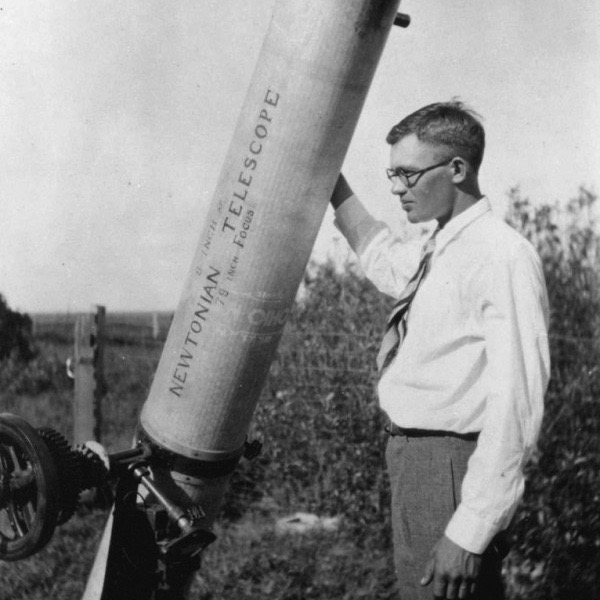
February 18, 1930: Discovery of Pluto
On this date 92 years ago, Clyde Tombaugh – just 25 years old – was working at Lowell Observatory in Flagstaff, Arizona. Tombaugh had been working at the observatory for about a year. He was continuing the search for a 9th planet that Percival Lowell began in 1906. On February 18, 1930, Tombaugh compared photos of a single star field – taken six days apart a few weeks earlier – and noticed an object was moving against the backdrop of stars. It was a small, dim, remote body in our own solar system. Today, we know this little world as Pluto.
The 2022 lunar calendars are still available. Order yours before they’re gone!
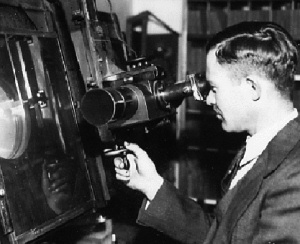
Tombaugh and the New Horizons mission to Pluto
On the anniversary in 2020, Thomas Zurbuchen – associate administrator for NASA’s Science Mission Directorate – commented:
What Tombaugh didn’t know then was that Planet X would launch the era of exploration in the 3rd zone of the solar system. Science builds on science, and this discovery helped pave the way for [the spacecraft] New Horizons’ exploration of this uncharted region.
NASA also said that, although he died in 1997, Tombaugh’s ashes were aboard the New Horizons spacecraft when it launched from Cape Canaveral, Florida, in January 2006. Those ashes, carried in a small canister on the spacecraft, traveled with New Horizons on a nine-year, 3-billion-mile journey to Pluto. New Horizons swept past Pluto in 2015, revealing a complex world with mountains and weather, and with a large, young, heart-shaped region of ice on its surface.
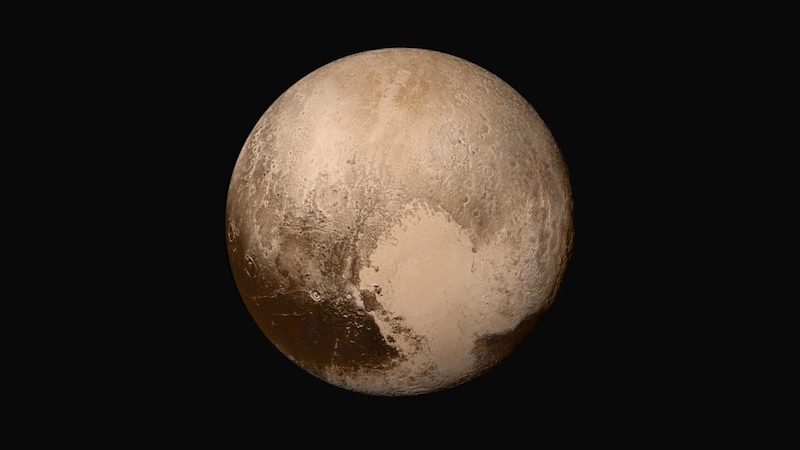
Planet X?
The mystery of Pluto began long before Clyde Tombaugh’s momentous discovery. Astronomers in the 19th century knew the 7th planet Uranus as the outermost planet in our solar system. But they believed something was gravitationally disturbing Uranus’ orbit, and they concluded another planet must exist farther out. They even mathematically predicted its location. Not long afterward, in 1846, astronomers searching with telescopes found Neptune – the 8th planet – based on those predictions.
Yet the mystery remained. More observations indicated that yet another planet beyond Neptune was perhaps influencing Uranus’ orbit. Astronomers referred to it as Planet X.
Enter Percival Lowell. He was a wealthy American businessman with a passion for astronomy. Lowell gained fame for his notion of canals on the planet Mars. Then he got interested in Planet X. He established Lowell Observatory in Flagstaff and began to search. The search for Planet X remained a priority even after Lowell’s death in 1916.
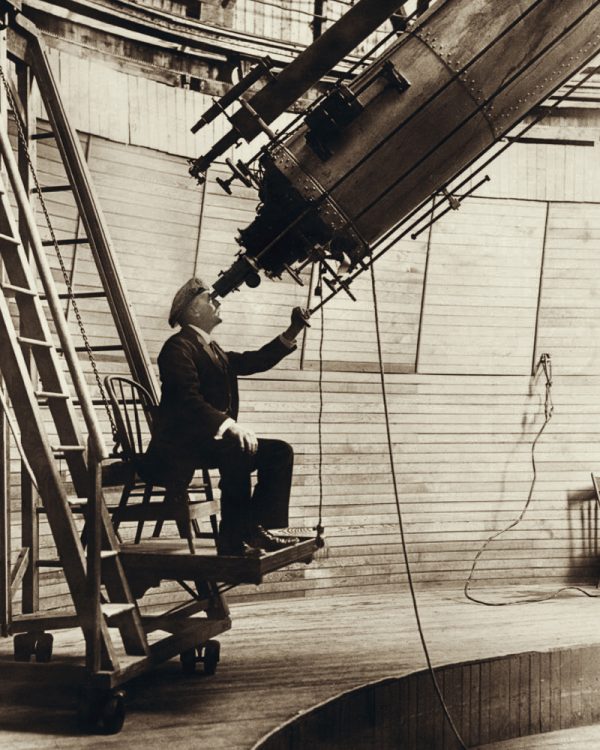
Clyde Tombaugh’s early career
Lowell Observatory hired Clyde Tombaugh in 1929 to continue the search Percival Lowell had begun. Tombaugh, born in 1906, grew up on a farm in Streator, Illinois. As a boy he dreamed of becoming an astronomer but gave up the possibility of attending college after a hailstorm destroyed his family’s crops. However, he taught himself mathematical skills required for astronomy, including geometry and trigonometry.
And he observed the skies with his homemade telescope.
When Tombaugh sent drawings he’d made of the planets Mars and Jupiter to Lowell Observatory in Flagstaff, Arizona – hoping to get back some advice – the observatory instead sent him a job offer. Ultimately, he worked as an observer for Lowell Observatory from 1929 until 1945. After his discovery of Pluto, Tombaugh obtained a scholarship and began studying astronomy at the University of Kansas, completing his formal education in 1939.
Very soon after Pluto’s discovery, astronomers realized it was too tiny to cause the supposed irregularities in Uranus’ orbit. Was there yet another planet lurking out there? This mystery lasted nearly 50 years. New calculations using an accurate mass determination for Neptune, obtained during Voyager 2’s 1982 encounter with the planet, eliminated the need for a Planet X to explain Uranus’ orbit.
Pluto reclassified as a dwarf planet
In 2006, the International Astronomical Union changed the status of Pluto from one of nine major planets in our solar system to a dwarf planet, raising much controversy.

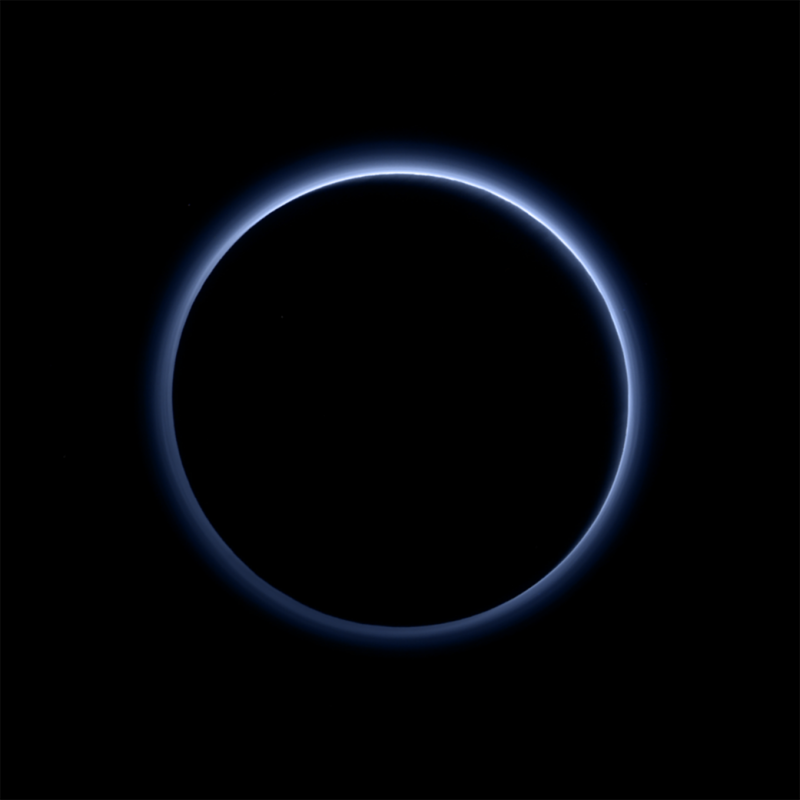
More to see in the outer solar system
Besides Pluto, we now know of numerous bodies in the outer solar system. These objects are part of the Kuiper Belt. Several of these worlds also carry the dwarf planet label, such as Haumea, Makemake, and Eris.
Astronomers believe we will eventually find many more small, spherical worlds in the outer solar system.
And what of Planet X? Interestingly, in 2016, astronomers from CalTech announced new theoretical evidence that a large planet – a Planet X – exists beyond the orbit of Pluto. The video below has more about their work. These astronomers hope this theoretical work will inspire other astronomers to search for Planet X.
What more discoveries are still in the depths of our solar system, awaiting discovery?
Bottom line: Clyde Tombaugh discovered Pluto on February 18, 1930, at the Lowell Observatory near Flagstaff, Arizona.
Read more about Percival Lowell’s search for Pluto via Lowell Observatory











